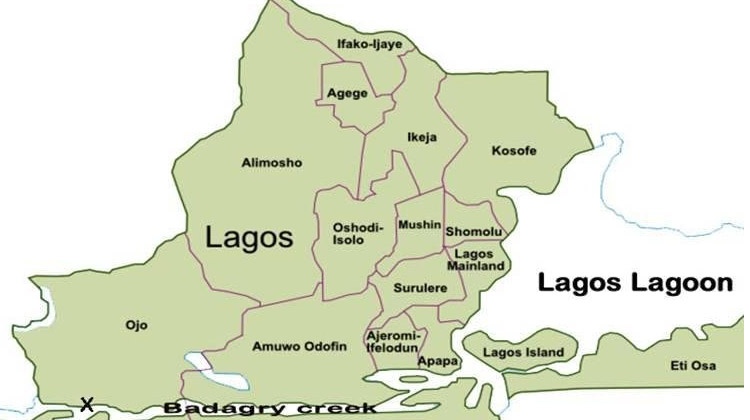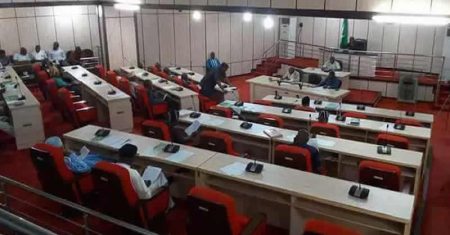Paragraph 1: The Surge in Demand for Grade A Warehouses in Lagos
The Lagos warehouse market is experiencing a significant surge in demand, particularly for Grade A facilities located in industrial clusters and specialized economic zones like the Lagos Free Trade Zone. This heightened demand is fueled by a confluence of factors, including increased infrastructure spending by both public and private entities and the burgeoning growth of e-commerce and logistics operations. However, the supply of these premium warehousing spaces has struggled to keep pace, creating a noticeable gap between availability and demand. This scarcity has driven leasing rates upwards, reaching approximately $6 per square meter monthly, a substantial increase from previous years.
Paragraph 2: The Broader Real Estate Market and its Challenges
While the warehousing sector experiences a relative boom, other segments of the real estate market face distinct challenges. The commercial and residential markets are grappling with macroeconomic headwinds, including inflationary pressures resulting from the removal of fuel subsidies and the fluctuation of the naira. Elevated capital costs have led to a slowdown in demand across residential, retail, and office spaces. In the luxury residential leasing market, landlords are increasingly opting for dollar-denominated rents to mitigate the impact of inflation on construction costs, passing these increased expenses on to tenants. The office market, despite witnessing a return to physical workspaces, faces an oversupply, giving tenants greater leverage in lease negotiations and keeping rental prices stable.
Paragraph 3: Manufacturing Sector Struggles and its Impact on Warehousing
Despite the rising demand for warehouses, the broader manufacturing sector in Nigeria faces significant challenges. Many factories operate below capacity, grappling with large volumes of unsold inventory. Economic difficulties, such as exchange rate volatility and a tough investment climate, have led to factory closures and financial distress within the industry. This struggling manufacturing sector, burdened by unsold goods, has dampened the potential growth of warehouse demand that might have been expected from increased production. The exit of several multinational companies further contributes to this trend, leaving some warehouse spaces vacant and others repurposed.
Paragraph 4: Regional Variations and Key Drivers of Warehouse Demand
Despite the manufacturing sector’s woes, warehouse demand remains strong in specific locations, driven by factors beyond manufacturing. Urban centers and strategic locations near ports and special economic zones continue to attract high demand for upgraded, integrated warehousing facilities. Cities like Ibadan, with their proximity to major markets and lower rental costs compared to Lagos, attract businesses seeking cost-effective warehousing solutions. The rise of e-commerce necessitates smart warehouses equipped with advanced technologies to optimize operations, further driving demand for modern, technologically advanced facilities.
Paragraph 5: The Future of Warehousing: Smart, Efficient, and Sustainable
Experts predict continued growth in the industrial real estate market, with warehousing playing a crucial role. The future of warehousing is marked by innovation and focuses on efficiency and sustainability. Companies are increasingly seeking smart warehouses that leverage technology for real-time tracking, streamlined inventory management, and optimized logistics. Multi-story warehouses are emerging as a solution to maximize storage capacity in limited spaces, while sustainable features like energy-efficient lighting and solar panels are becoming increasingly important considerations.
Paragraph 6: The Role of Government and Economic Stability
The overall health of the warehousing sector, like other real estate segments, is intertwined with the stability and growth of the broader economy. Government policies that promote economic growth, improve infrastructure, and enhance security are crucial for attracting investment and stimulating demand. Stable economic conditions, coupled with proactive government initiatives, will create a more favorable environment for businesses to expand their operations and utilize modern warehousing facilities, ultimately driving the sustainable growth of the warehousing sector.













